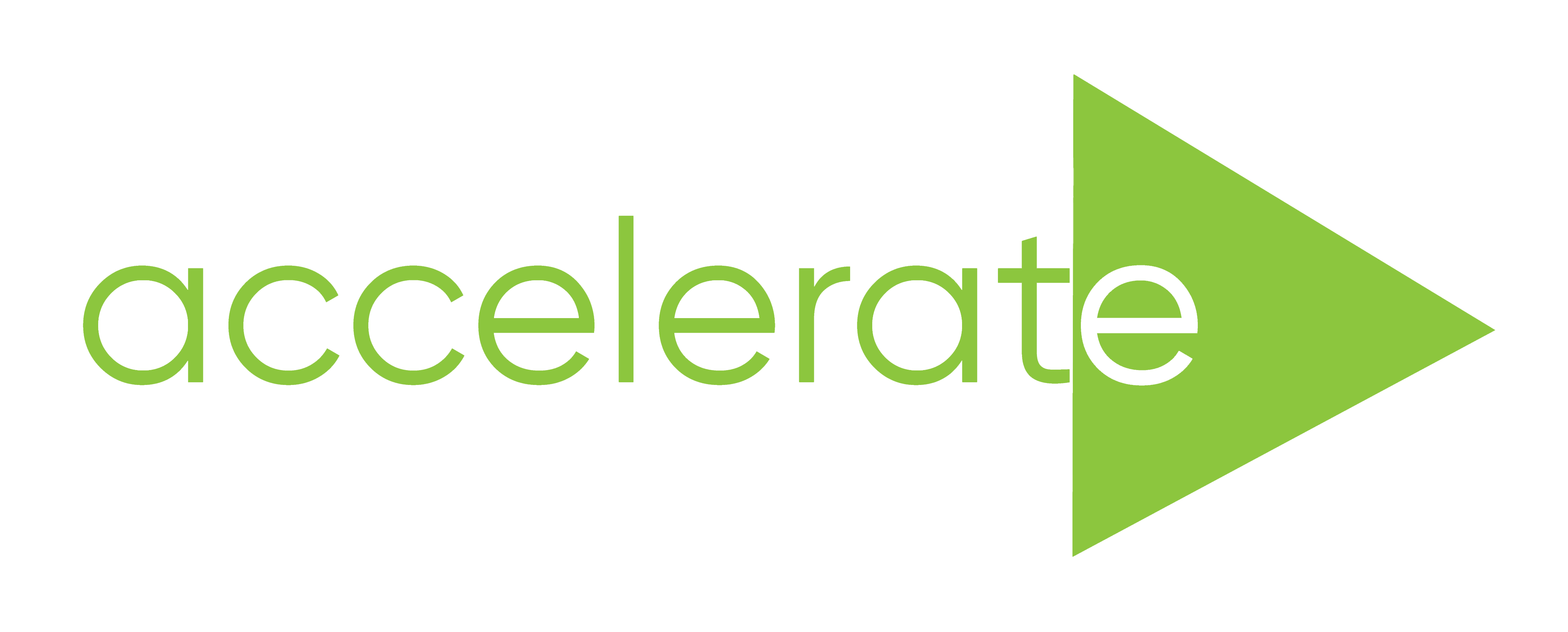Accelerate Immersive Ecosystem
Immersive Ecosystem is a collection of interconnected software applications, hardware devices, and other digital tools and platforms that work together to help users achieve specific goals. For example, an immersive ecosystem may include tools or platforms for making or finding 3d content, objects, textures, animations, tools for arranging this content e.g., building virtual environments/worlds/assets, and tools for showcasing, experiencing or trading these.
The Accelerate project identified key tools and platforms that support the transition from existing long standing virtual learning and teaching practices, such as video conferencing platforms such as MS Teams, Zoom and Google Meet, to 3d web tools and platforms.
We found that familiar video conferencing platforms remain an important aspect in supporting the transition into the Immersive Ecosystem, especially in terms of accessibility, communication and support for onboarding into new 3d web tools.
We recommend using video conferencing platforms as a main means of central communication, a useful base camp, as your team explores the wider tools and platforms of the Immersive Ecosystem.
ACCELERATE VR PLATFORM (developed by UAL)
ACCELERATE has developed a prototype open-source VR platform to support art and design teaching and learning.
ULAB (developed by SSU, Ukraine)
ULAB is an Augmented reality smartphone app that:
- Supports 3-D modelling, holograms, and live video
- is Light on bandwidth and easy to use.
- Enables offline interactivity.
ACCELERATE has supported the enhancement of this app to include an English-language version.
3d web meeting and teaching spaces
We focused on webXR tools to support first steps into the 3d web. WebXR platforms such as framevr.io and Mozilla Hubs provide an accessible entry point into the 3d web. WebXR tools can be accessed directly from most web browsers, computers and mobile devices, without the need to download any application.
- framevr.io – We chose framevr.io as our 3d space to meet as it provided a user-friendly interface and was the most stable tool to use. Content can be easily added into frames to support collaboration and/or showcase teaching and learning activities.
3d making tools
Once onboarded into the 3d web, it’s time to start to think about making content, this can include conventional material such as text, image, sound and video as well as 3d content like models and environments.
- Blender 3D – 3D making tools such as Rhino 3D and Blender 3D can be difficult to learn and also require specific hardware. Blender 3D was our preferred 3D making tool as it’s free, open source and has a lower barrier of entry compared to other specialist 3D tools. We would recommend Blender 3D for performing specific simple actions, such as converting file formats or adding textures, rather than attempting to learn the whole programme.
- Gravity Sketch – provides an alternative way to create 3D objects using Virtual Reality (VR), whilst fully immersed in 3D.
- SculptGL – There are also some more accessible 3d making tools which are browser based such as SculptGL a digital sculpting web app.
- Nomad Sculpt – another accessible 3d sculpting application (iPad is required).
Building immersive environments (World Building)
One of the most common questions from students was ‘can I create my own space, room or gallery’? Although framevr.io provides easy ways to add your own 3d web environments, making them is a bit more difficult, good knowledge of applications such as Blender 3D is required.
- Sketchfab – We found Sketchfab a useful web app for sharing and converting 3D models to smaller glb downloads. Sketchfab is also useful for uploading LiDAR 3D Scans, although iPad Pro is required for this.
- Accelerate Platform provides an alternative easy to use solution to building environments as well as teaching and learning about 3D creation, read below to find out more.
